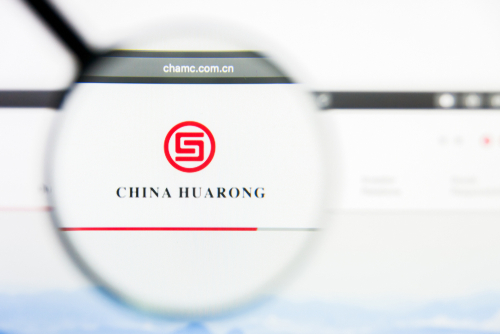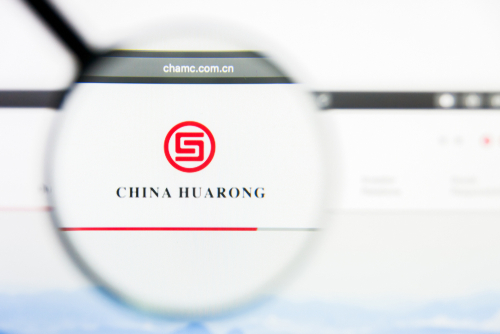This site uses cookies to provide you with a great user experience. By using BondbloX, you accept our use of cookies.
Bond Market News
China’s Big-4 Asset Management Companies Downgraded by S&P
September 22, 2022

China’s big-4 asset management companies (AMCs) were downgraded by S&P upon challenging operating conditions due to China’s economic slowdown, market volatility and property sector troubles. Due to this S&P sees weakened earnings prospects. The downgrades are given below:
- China Huarong AMC was downgraded to BBB- from BBB
- China Great Wall AMC was downgraded by two notches to BBB from A-
- China Cinda AMC was downgraded to BBB+ from A-
- China Orient AMC was downgraded to BBB from BBB+
S&P said that it lowered its anchor, the starting point of its rating construction for the four companies. While the big-4 AMCs have been cutting down exposure to Chinese real estate, it still averages at 40-45% of the restructured distressed assets (RDA) as of end-June 2022 vs. 50% before 2019. In comparison, China’s major banks have only 5-6% direct loan exposure to developers and another 25-30% to mortgage borrowers.
Huarong’s downgrade reflects capital pressure and its lower creditworthiness relative to peers. Leverage ratio is set to reach 12x over the next 24 months given weak earnings capacity owing to elevated impairment costs regarding China’s property sector. Great Wall’s downgrade reflected a one-notch lower anchor and another notch given its nonbank segment leverage may remain constrained due to impairment losses and thin regulatory capital buffer. Expectations on Cinda were moderate but the downgrade was driven by the lowering of its anchor. Regarding China Orient, S&P noted that its core distressed asset business will remain under higher asset quality stress over the next two years, when compared to that of Cinda.
Go back to Latest bond Market News
Related Posts:








